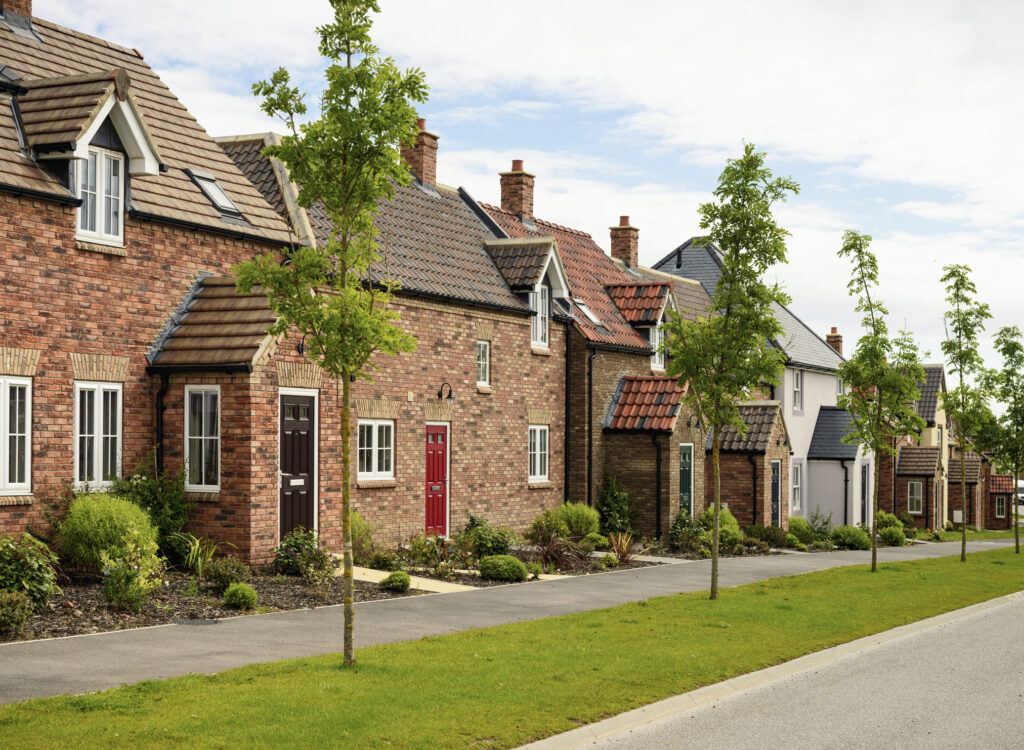Rights under the 1967 Act
Home | Rights under the 1967 Act
Claiming the freehold of your house
What is the right?
If you own the lease of a house, the Leasehold Reform Act 1967 gives you the right to acquire the freehold, subject to certain qualifying criteria being satisfied, and on payment of an agreed amount to your freeholder.

How do I qualify?
There are three basic questions that need to be answered. Firstly, does the building qualify? Secondly, does the lease qualify? Thirdly, does the leaseholder qualify? (Please note that in legal terminology the leaseholder is referred to as a ‘tenant’ and the freeholder is referred to as a ‘landlord’, but we are using the term ‘leaseholder’ and ‘freeholder’ respectively here to avoid confusion for any leaseholders who rent out their properties.
In order for the building to qualify, it must be a “house”. This has developed a wide definition and can include a shop with a flat above, or a building converted into flats. There must however be no material over/under-hang with an adjoining building.
The lease must be of the whole house and it must be a long lease, which means a lease originally granted for a term of more than 21 years. There are different rules if you have a business tenancy (which, for example, might be the case if the premises consist of a shop with a flat above).
You must have owned your lease for a period of at least two years before you make your claim. Except in certain limited circumstances, you no longer need to satisfy a residence test.
The price
The price is calculated by valuation methods prescribed by the Act, of which there are three. Which one applies to your claim will depend on when your house qualified under the Act (amendments having been made to the Act to make it easier for a house to qualify). In every case, the valuation date is the date of the claim.

How do I claim?
The procedure for a claim is relatively straightforward. You will serve a Notice of claim (or Notice), in a prescribed form, on your freeholder. The Act requires the freeholder to state, within two months of the Notice of claim being served, whether or not the claim is admitted.
If the freeholder admits the claim, they should inform you of the price they are seeking. If the freeholder rejects your claim, you will need to decide if you wish to dispute the rejection through the courts.
In addition to the freehold price and your own legal and valuation fees, you will be required to reimburse your freeholder for his reasonable legal and valuation fees.
Disputes
If the claim is admitted and either the terms of the conveyance or the price are disputed, either party can apply to the First-tier Tribunal (Property Chamber) for the matter in dispute to be determined.
Most claims are settled by negotiation. However, if a First-tier Tribunal is required to make a determination, an application can be made for permission to appeal that decision to the Upper Tribunal (Lands Chamber).
Completion
Once the terms of the conveyance and the purchase price have been agreed or determined by a tribunal, the matter reverts to a conveyancing transaction with the parties proceeding to completion.
Your notice can be transferred with your lease, which can be a useful marketing incentive if you are selling your house.
Find a Practitioner
ALEP was set up in 2007 in response to concerns raised by owners of leasehold properties who wanted reassurance that the people they were dealing with were reputable. Freeholders also require this reassurance.
- Where you see the ALEP logo you can be sure of a consistently high level of service.
- They must also commit to high professional standards, integrity and quality customer service.
- You can be confident that any firm that is a member of ALEP will be experienced and competent.